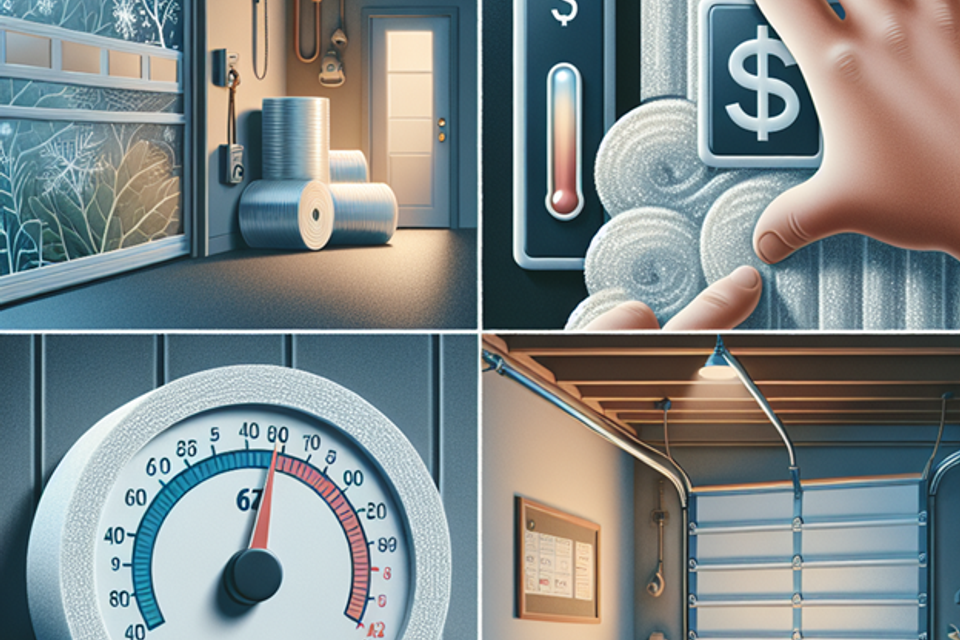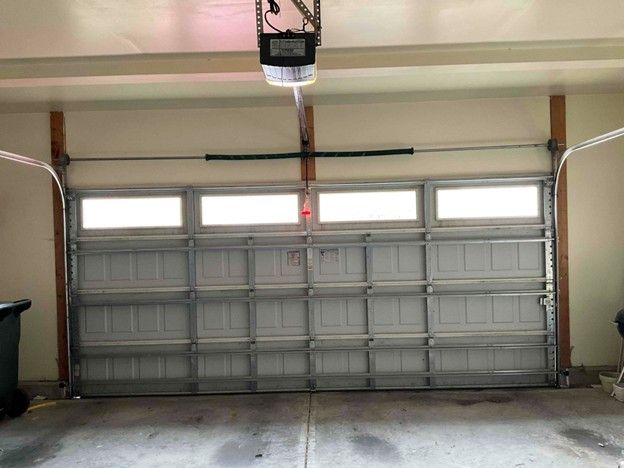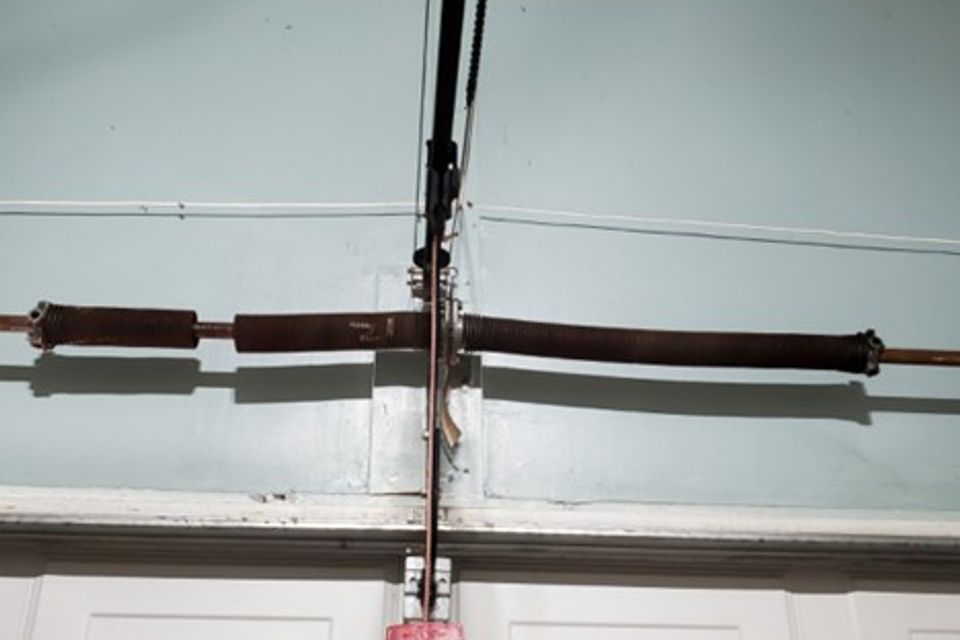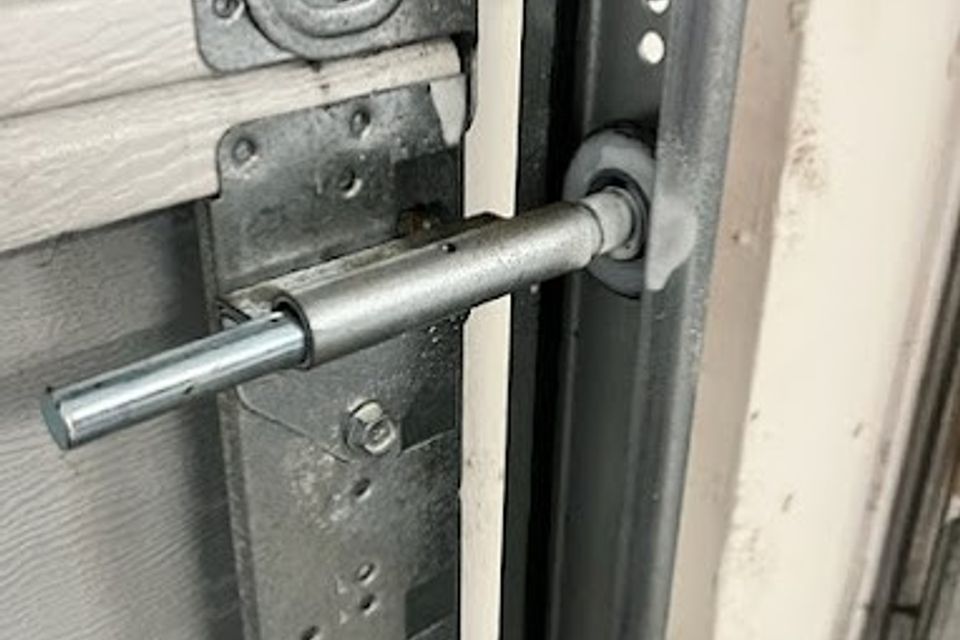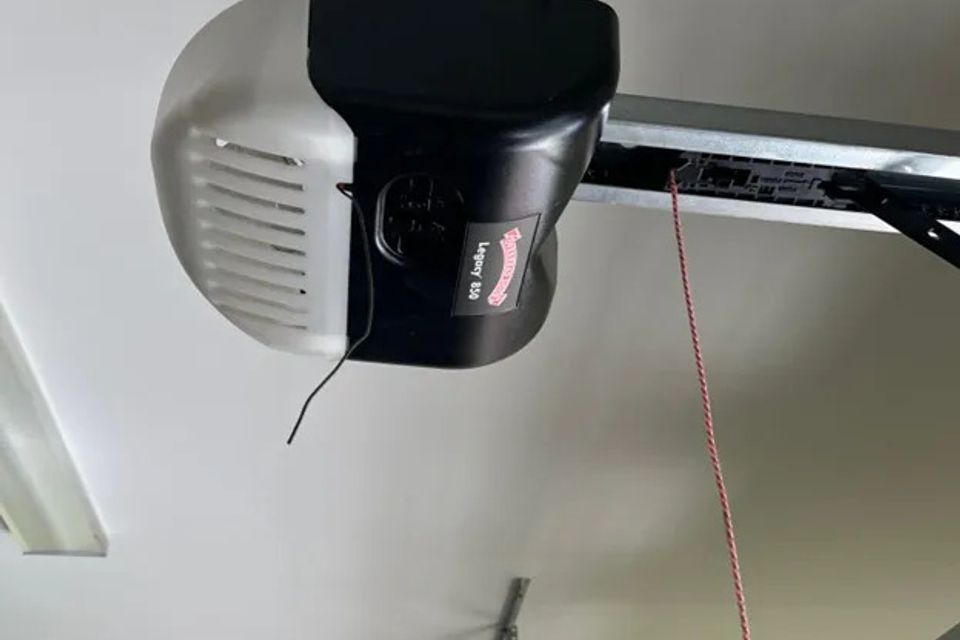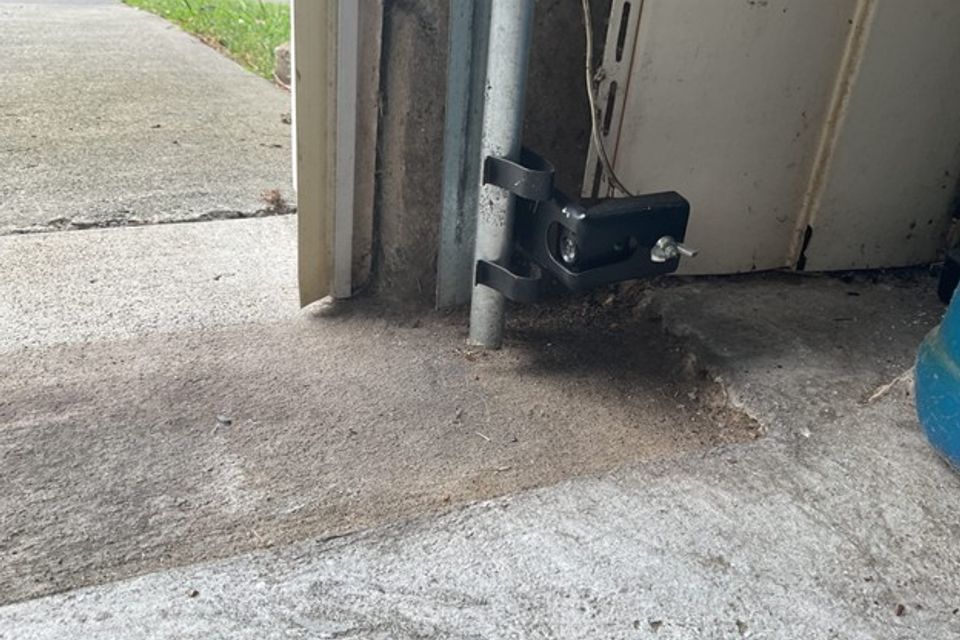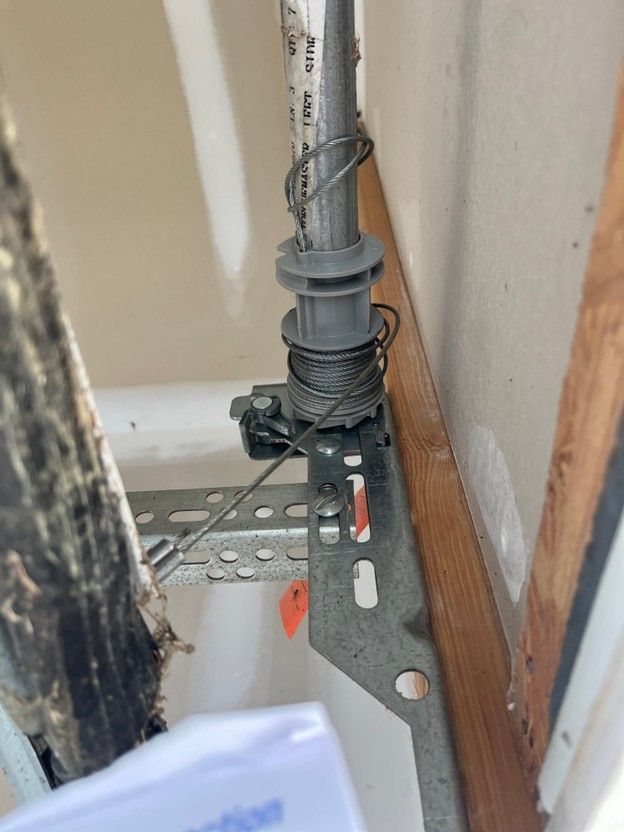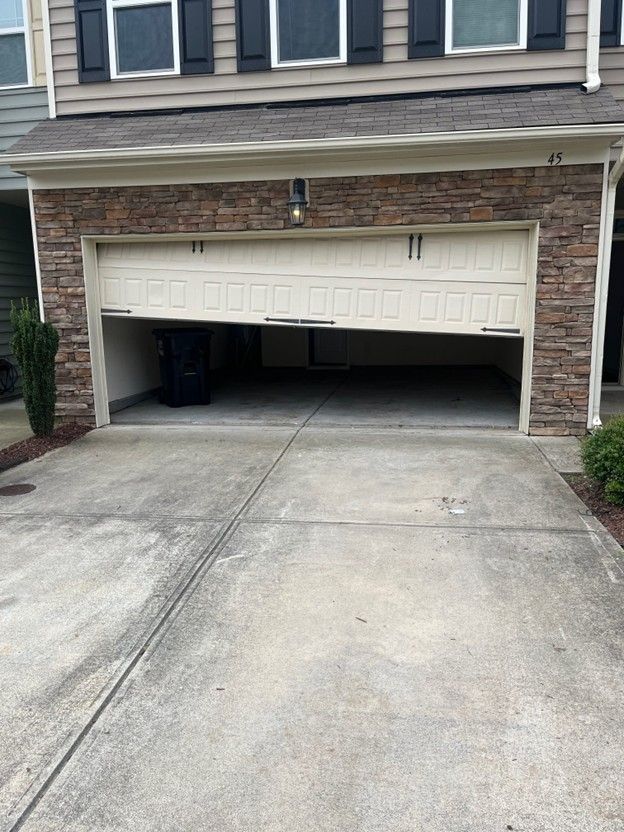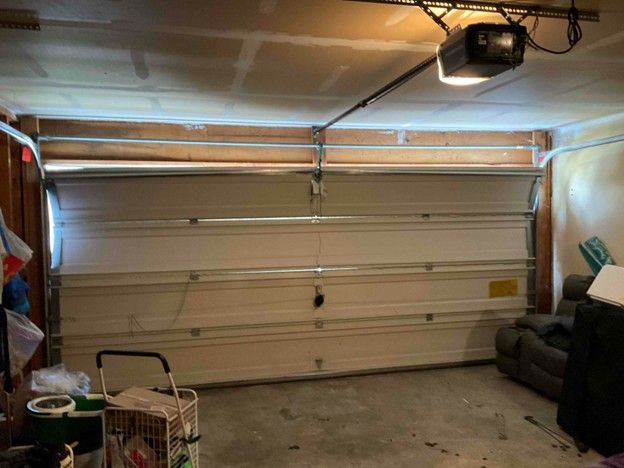Deciding Between Repair and Replacement
Choosing between garage door repair and replacement involves assessing key factors. First, evaluate the damage. Minor issues like chipped paint may require a simple repair, while structural issues, such as a warped frame, might necessitate replacement. Next, compare costs. If repairs approach the cost of a new door, replacing is wise. The door's age is crucial; older doors nearing 30 years may be better off replaced to avoid ongoing repairs. Lastly, consider energy efficiency and curb appeal. New doors often provide superior insulation and modern designs, boosting functionality and aesthetics. Balancing these elements will help you decide. Keep in mind, according to Remodeling magazine's 2024 Cost vs. Value report, a new garage door provides an astounding 194% return on average nationwide, making it a savvy choice for homeowners looking to boost their property's value without breaking the bank.
Assessing the Damage, Evaluating Repair Costs
Consider both immediate and long-term costs when assessing garage door repair expenses. Obtain quotes from reputable services to understand repair costs and compare them with a new door, including installation. If repairs approach or exceed replacement costs, a new door may be more economical. Frequent past repairs suggest that replacement might be a smarter choice for cost-effectiveness. Also, weigh the energy efficiency benefits; a new door might offer better insulation and lower energy bills. Make informed decisions by comparing repair estimates with replacement advantages.
Considering the Door's Age
The age of your garage door plays a key role in deciding whether to repair or replace it. A well-maintained door can last up to 30 years. If your door is over 10 years old, assess its condition. Older doors may show wear like faded paint, weakened springs, or outdated safety features, leading to frequent repairs and rising costs. Newer models offer better energy efficiency and security features, resulting in long-term savings. Evaluate the door’s performance and maintenance. If it often needs repairs or functions poorly, consider replacing it to enhance curb appeal and ensure reliable performance.
When to Opt for Repairs - Minor Functional Issues
Minor functional issues with a garage door can often be efficiently resolved with targeted repairs. Common problems include heaviness in lifting, suggesting torsion spring issues, and misalignment or sagging due to track or roller problems. These usually require simple fixes like adjusting spring tension or realigning tracks, extending the door's lifespan affordably. If the door stops working, it might just be a sensor misalignment or a dead remote battery, both easy to fix. Promptly addressing these issues not only restores functionality but also prevents more severe problems. Regular maintenance checks help catch such issues early, ensuring smooth and reliable operation.
Cosmetic Panel Damage
Cosmetic panel damage, like dents, scratches, or chipped paint, often doesn't necessitate a full garage door replacement. These issues impact appearance more than function, making repairs a cost-effective choice to maintain curb appeal. Simple fixes include repainting, using a dent removal kit, or replacing panels if needed. Promptly addressing these concerns prevents further issues, such as rust or weakening. A well-maintained garage door enhances your home's exterior and can increase buyer interest if selling.
Choosing Replacement for Longevity
Severe Structural Damage
Severe structural damage to a garage door, such as a warped frame, rust, or improper alignment, often necessitates replacement for safety and reliability. These issues can impair functionality and pose risks, while also causing drafts and moisture that increase energy costs. Replacing the door enhances performance, providing better insulation, security, and resistance to weather. Modern doors also improve energy efficiency and curb appeal, making replacement a wise investment in case of severe damage.
Multiple Issues
When a garage door shows multiple problems simultaneously, replacement is often the best solution for long-term reliability and safety. Issues like persistent noise, difficulty opening or closing, frequent breakdowns, and compromised security indicate the door's functional life is over. Repairing multiple issues can be costly and may not solve underlying problems. Replacing the door allows homeowners to enjoy advancements in garage door technology, such as better insulation and security, while enhancing curb appeal and value. A new door ensures efficient operation, reduces maintenance, and offers peace of mind.
Enhancing Curb Appeal and Energy Efficiency
Replacing your garage door can boost your home's curb appeal and energy efficiency. Modern doors come in various styles to match your home's exterior, adding a refreshed look that attracts buyers. They offer superior insulation, reducing heat loss in winter and keeping the interior cool in summer, leading to lower energy bills. With advanced sealing and durable materials, new models minimize air leaks and withstand weather-related wear. A replacement enhances appearance, energy savings, and comfort. For additional information on Garage Door Repair vs. Garage Door Replacement, click here.
Call a Professional for Expert Guidance
When facing the decision of whether to repair or replace your garage door, consulting with a professional can provide valuable insights and peace of mind. An expert can conduct a comprehensive 21-point inspection, identifying not just visible damage but also underlying issues that might impact the door's functionality and safety. This thorough evaluation helps homeowners make informed decisions about the best course of action for their specific situation.
Ready To Roll Garage Doors is always here to help the homeowner make the best decision for them and their home. Call Ready To Roll Garage Doors at (919) 561-6595 or visit www.callreadytoroll.com to schedule service.

